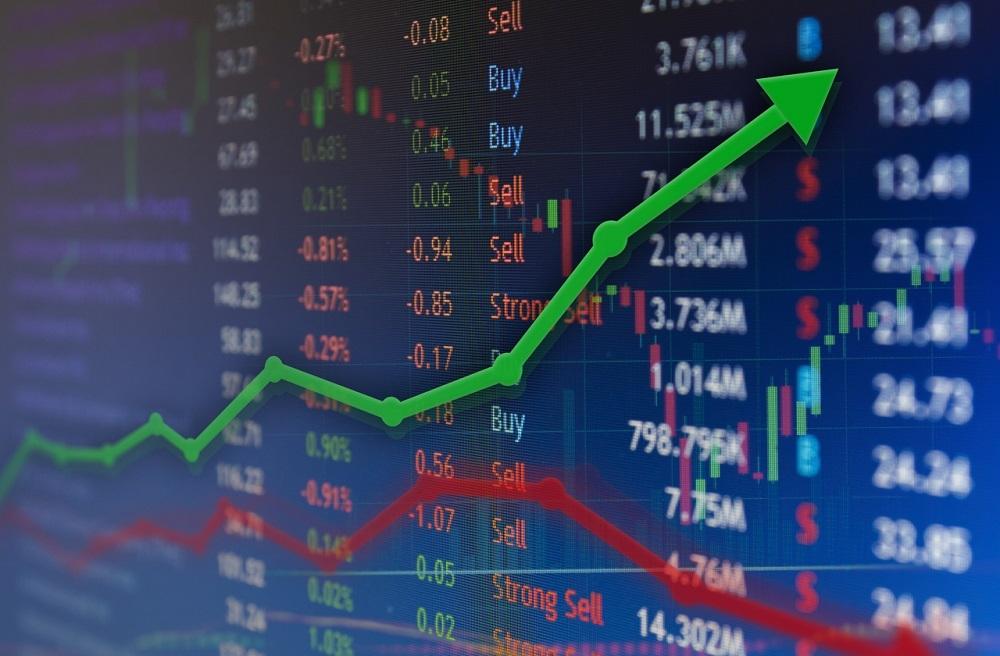Top 10 Facts About The Indian Stock Market

A stock market is an intriguing place and one can learn so much about managing money. Stock markets are like a roller coaster and the ride is always full of fun and fear. This the charm of the stock market attracts millions of investor and create wealth. Intrigued by Indian stock markets people always research its fundamentals and technicalities. In this article, we will discuss 10 stock market facts.
1. Rule of 72
Whenever a beginner starts investing the first question he tends to ask is the time required to double the investment. This time required to double the investment is calculated using the rule of 72 which requires a definite and fixed rate of interest. You can divide the rate of return by 72 to get an approximate value of return on investment. Let us understand with an example, suppose you are investing Rs 500,000 at the rate of 8%. So 72/8 = 9 i.e. it will take 9 years for your investment to double.
2. BSE is the largest stock exchange
Bombay Stock Exchange or BSE is considered as the biggest stock exchange in the world. 5,500 companies are listed on BSE and this is the highest number of companies listed on the stock exchange in the world.
3. BSE is the oldest as well
Bombay Stock Exchange was established in 1875 by a businessman named Premchand Roychand and is considered as the oldest in Asia. He was famously called as Cotton King, the Bullion King, and the Big Bull as he made big in the stockbroking business. Along with BSE, there are 23 other stock exchanges in India.
4. Only a fraction percent of common people invest
Despite being the oldest and biggest stock exchange in the world only 2.5% of the common population make stock market investments. This number is not satisfactory and more people should understand the importance of financial independence. Only 8 crore people out of the 132 crore population invest in mutual funds. Only 12% of GDP of India comprises of Indian Mutual Fund Market Assets.
5. When of God of Cricket left International Cricket it affected the Indian Stock Market
According to the studies conducted by Russell Smyth and Vinod Mishra of Monash University in Australia whenever Indian wins a match, the Nifty index is usually flat. But whenever Sachin Tendulkar is losing the game the stock market is also facing loss. Once it was almost 20% or more.
6. MRF is the costliest share
The costliest share in the stock market is the one share of the MRF. It costs Rs 69,290 to buy 1 share of the MRF.
7. Nifty has issued returns of almost 11.32 since its inception
In 1995 the base value of nifty was 1,000 which recently crossed the 10K mark and now stands at 10,360 points.
8. Mumbai has the highest number of Demat Accounts
As of September ’18, the total number of demands in India stands at 3.38 lakh. According to the data recorded by the SEBI bulletin in Nov 2018, there is 177 lakh NSDL and 161 lakh CSDL account. With the highest number of Demat accounts, Mumbai stands at the first position while Gujarat is second.
9. The Tech giant TCS has a market cap of more than stocks listed on the Pakistan Stock Exchange
The market cap of Tata Consultancy Company is 6 lakh crore or $100 billion whereas the 559 stocks listed on the Pakistan Stock Exchange have a value of $80 billion. Also, if compared the TCS market cap is more than the GDP of 128 countries in the world.
10. Stock Markets referred to as Bull and the Bear Market
Depending on primarily two states of the stock market it is referred to as Bull and the Bear Market. When the market is doing well with appreciating stock market prices it is called a bull market. The significance of this reference is that the horns of the bull are upward in the direction of the sky equivalent to rising prices of stocks. The stock market is referred to as a bear market when the market is negative with falling stock prices. The falling prices are compared to the palms of the bear which are facing the ground while tackling the bull.